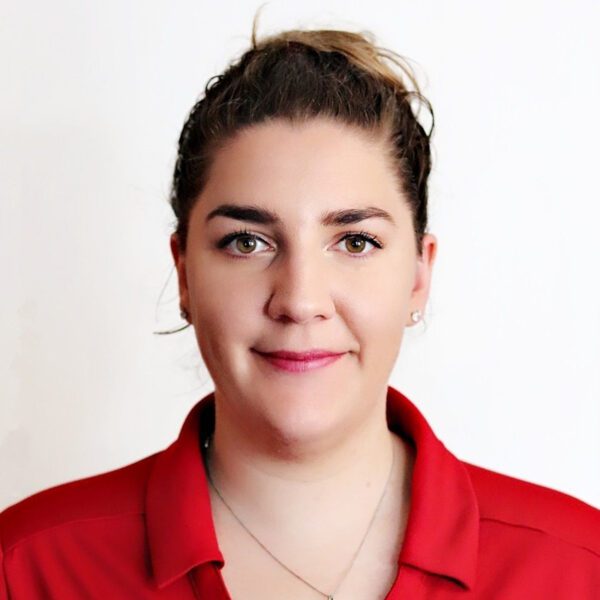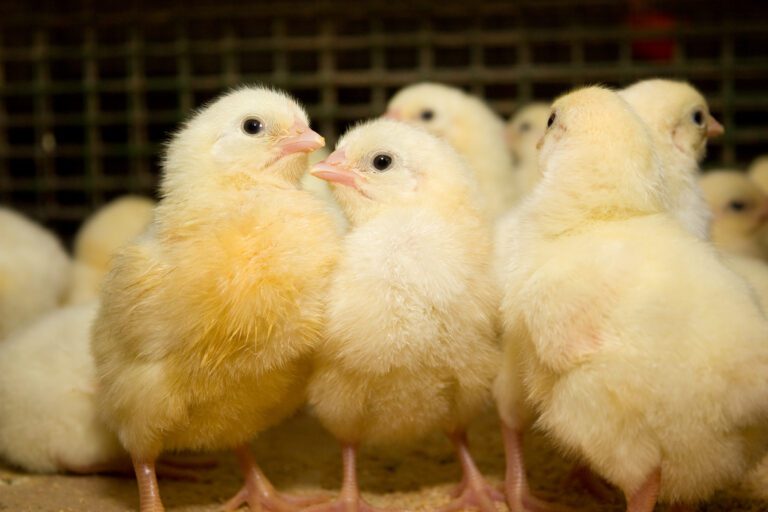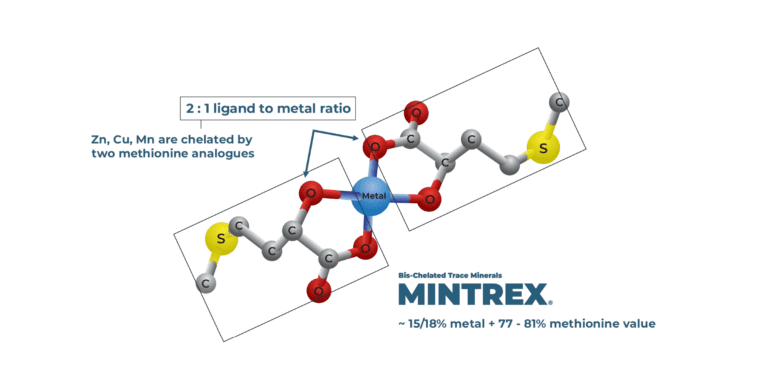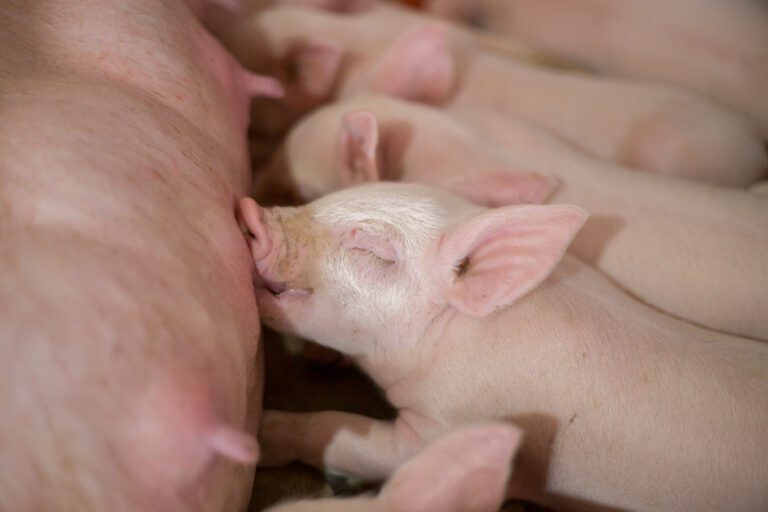Heat Abatement Strategies for Keeping Cows Cool
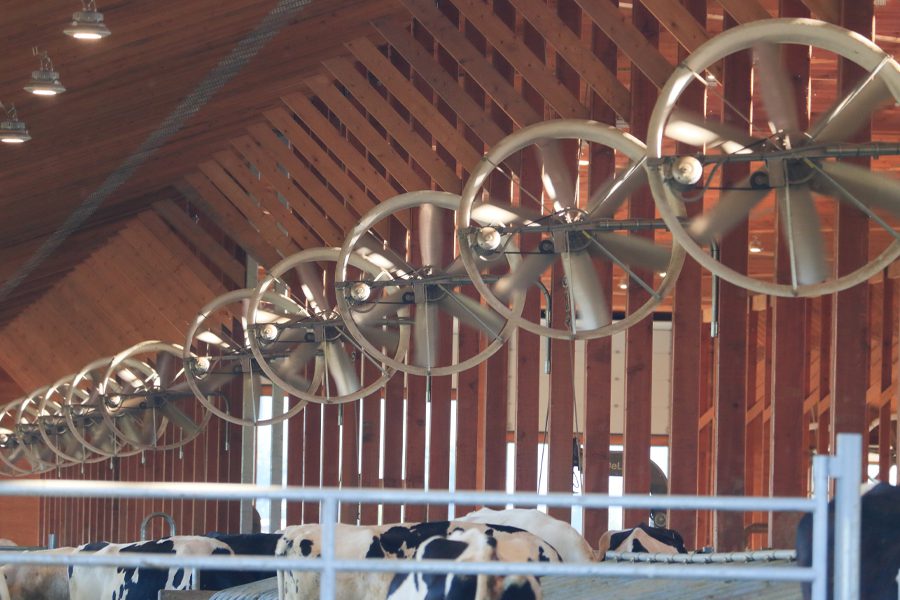
Did you know that there are four different methods for cooling cows? Indeed, there are: conduction, convection, evaporation, and radiation. The two most often used types are evaporative cooling and radiation, whether it is the environment or the cow. High-producing dairy cows can generate upwards of 6,000 BTUs of heat per hour, so keeping cows cool is essential.
Heat Abatement Strategies
The first and easiest heat abatement strategy for dairy producers should be reducing solar radiation. If dairy cattle are in a barn with a roof, that helps, but it’s recommended to orientate barns in an east-west direction to mitigate the sun’s effects when it’s rising and setting. Shade cloths might be another option to lower solar radiation. In open lot dairies, using shade structures, either cloth or metal, is helpful. Open lot dairies that provide shade produced 14 more pounds (6 liters) of milk per cow per day (NOVUS C.O.W.S.® Data, 2022).
Another effective heat abatement strategy is using water and fans for evaporative cooling by either cooling the environment or increasing evaporation by applying water to the cow’s skin (Ortiz et al., 2015). Human research has shown that the amount of heat dissipated from a body submerged in water is nearly 26 times more than when the body is exposed to a similar air temperature. In dairy cows, increasing wetting frequency and supplemental airflow can boost heat dissipation by two- to eight-fold (Hillman et al., 2001), showing the importance of water for effective cow cooling.
Using evaporative cooling as air enters a barn has been effective at reducing air temperatures and temperature humidity index (THI), especially in hot, arid climates. If relative humidity exceeds 70%, it becomes even harder to lower THI. Cooling air can be accomplished with fogging systems or using water traveling through cooling cells on the inlet of the barn. In high-humidity environments, soaking cows in combination with evaporative cooling can reduce respiration rates and lower vaginal temperatures (Harner et al., 2003).
Conductive cooling has been studied by researchers due to energy costs and water scarcity, including bedding types, using heat exchangers buried below the bedding surface (Ortiz et al., 2015) and cooled waterbeds (Bastian et al., 2003). In a recent study evaluating 4 cow cooling strategies with water and energy considerations, conductive cooling mats were the most energy-efficient except additional fans and soakers had to be provided when the temperature exceeded 30°C (86°F). Of the 4 treatments, respiration rates increased the most over cooled air, and 2 soaker and fan treatments (Drwenke et al., 2020). Additionally, sand is more effective at keeping cows cool than dried manure and shavings (Cummins, 1998; Ortiz et al., 2015).
Bottlenecks and Solutions for Heat Abatement
The hottest place for a cow in a facility is probably the holding area. Even when additional space and proper cooling with fans and soakers are provided, it only makes a marginal difference in lowering a cow’s core body temperature (Nordlund et al., 2019). Recommended airflow for holding areas is 5 mph (8 kmph) and may require angling fans down to about 45 degrees to promote airflow between cows. Soakers should allow for an overlapping spray pattern with large water droplets.
Another strategy for lowering holding area exposure is to limit the amount of time cows are in the holding area or in transit to or from the parlor. There’s no need to bring cows up to the holding area an hour before their actual milking time—the recommended time away from the pen should be less than 3.5 hours per day (NOVUS C.O.W.S.® ata, 2022).
Overstocking raises the heat load of the pen and minimizes the effectiveness of fans reaching all cows. Midwest, northeast, southeast, and Pacific Northwest high production pens average just over 110% of stall stocking density regardless of rows in the pen (NOVUS C.O.W.S.® Data, 2022).
During times of heat stress, water intake can go up 21% (Collier et al., 2019) due to a higher need for evaporative cooling. Only 26% of pens assessed at U.S. dairies had pen water space at or above the recommended 3.5 linear inches (9 cm) per cow. It’s recommended that waterers be cleaned two to three times per week to provide enough clean water and encourage water intake.
An effective, but often overlooked, heat abatement strategy is simply maintaining and cleaning equipment. Fans in barns are often dusty, have loose belts, or are non-functioning. Removing a layer of dirt can improve efficiency by up to 50%. Soakers with missing nozzles cause more pressure on the line for the other soaker heads.
To learn more about the importance of managing heat stress for your dairy cattle, contact your NOVUS C.O.W.S.® Program expert today.
Bastian, K. R., K. G. Gebremedhin, and N. R. Scott. 2003. A finite difference model to determine conduction heat loss to a water-filled mattress for dairy cows. Transactions of the ASAE, 46:3, 773.
Collier, R. J., L. H. Hall, L. H. Baumgard, R. B. Zimbelman, and Y. Xiao. 2019. Feed and water intake of heat stressed cattle. Western Dairy Mang. Conf. 14:56-62.
Cummins, K. 1998. Bedding plays role in heat abatement. Dairy Herd Management, 35, p.20.
Drwenke, A. M., G. Tresoldi, M. M Stevens, V Narayanam, A. V. Carrazco, F. M. Mitloehner. T. E. Pistochini, C. B. Tucker. 2020. Innovative cooling strategies: Dairy cow response and water and energy use. J. Dairy Sci. 103:5440-5454.
Harner, J. P. J.F. Smith, A. K. Hammond, and W. F. Miller, W.F. 2003. Effect of soaking and misting
on respiration rate, body surface temperature, and body temperature of heat stressed dairy cattle. Kansas
Agricultural Experiment Station Research Reports: Vol. 0:2. https://doi.org/10.4148/2378-5977.3210
Hillman, P. E., K. G. Gebremedhin, A. Parkhurst, J. Fquay and S. Willard. 2001. Evaporative and convective cooling of cows in a hot and humid environment. Pages 343-350 in Livestock and Environment VI: Proceedings of the 6th International Symposium May 21-23, 2001, Louisville, KY. ASAE.
Novus International, Inc., 2022 C.O.W.S.® Program assessment data, available upon request.
Ortiz, X. A., J. F. Smith, R. Rojano, C. Y. Choi, J. Bruer, T. Steele, N. Schuring. J. Allen and R.J. Collier. 2015. Evaluation of conductive cooling of lactating dairy cows under controlled environmental conditions. J. Dairy Sci. 98:1759-1771.
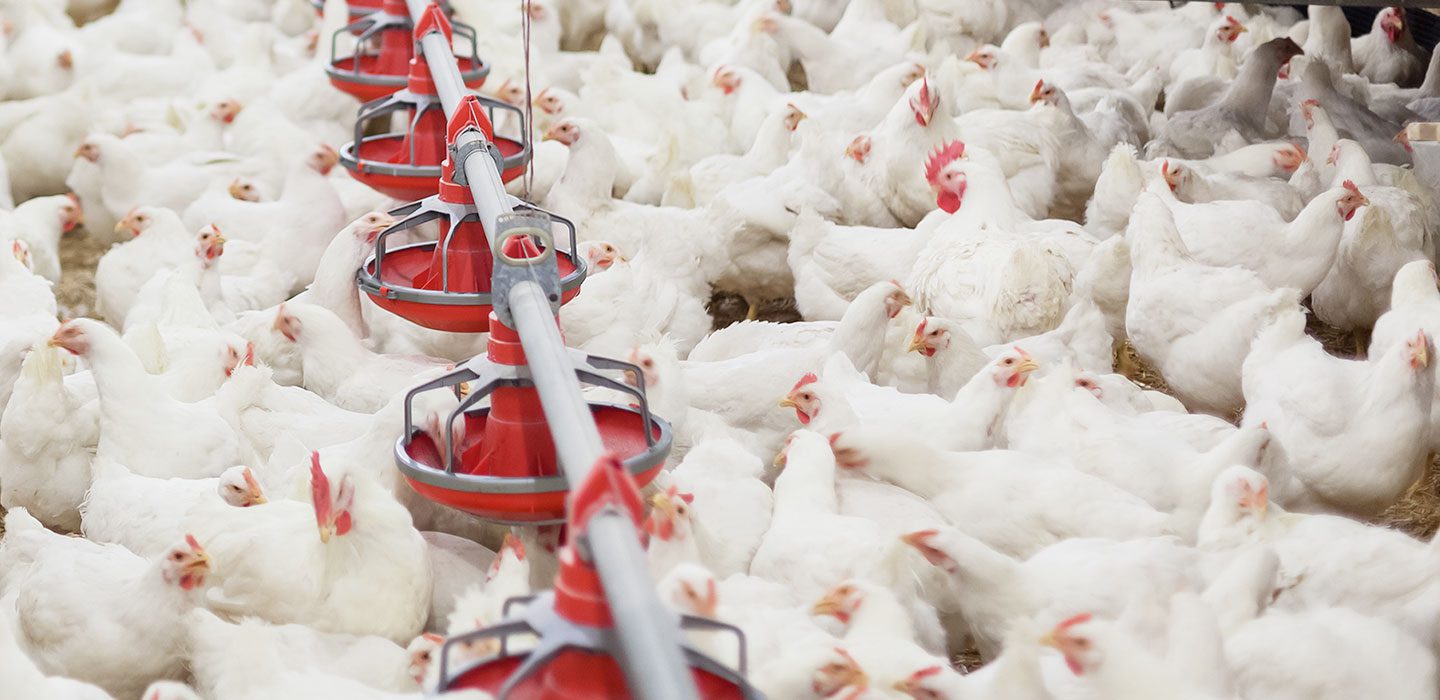
Intelligent Nutrition for Your Business
More science. More insight. More inspiration. More ways for you to feed the world.

